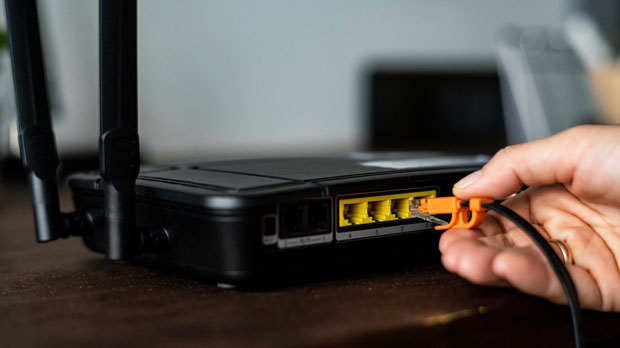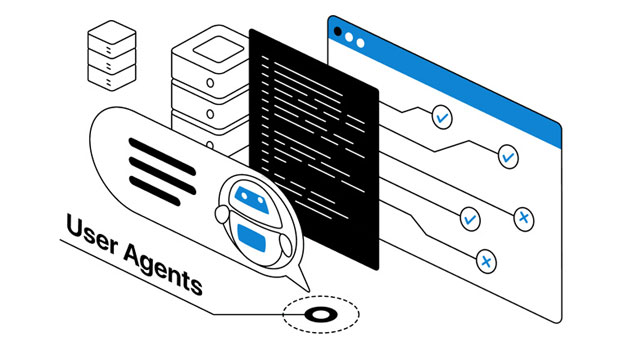In today’s digital age, maintaining online privacy has become increasingly crucial. With the rise in cyberattacks, government surveillance, and data tracking by companies, users are searching for reliable solutions to protect their personal information. Two common methods for enhancing online privacy are Private socks5 proxy services and Virtual Private Networks (VPNs). Both these tools have their advantages and drawbacks, but when it comes to privacy protection, they offer different levels of security. This article will compare both services, analyzing their mechanisms, effectiveness, and overall suitability for protecting users' privacy in various online scenarios. Understanding SOCKS5 Proxy Services socks5 proxy servers are a type of internet protocol that relays internet traffic between users and the web. Unlike HTTP proxies, SOCKS5 operates at a lower level, handling more types of internet traffic, including peer-to-peer file sharing, online gaming, and video streaming. This makes SOCKS5 more flexible and capable of handling a wider range of data types.However, SOCKS5 is primarily a proxy, meaning it only redirects your internet traffic without offering encryption or other advanced privacy protections. A SOCKS5 proxy doesn’t mask your IP address on the server side; rather, it changes your IP address to that of the proxy server, which can help in circumventing geographic restrictions or hiding your real IP for activities like browsing or torrenting.From a privacy perspective, the SOCKS5 protocol has limitations. While it does provide a layer of anonymity by masking the user's IP address, it does not encrypt your internet traffic. This leaves your data exposed to any third parties monitoring your connection, such as ISPs (Internet Service Providers) or malicious actors on public networks.Understanding VPN ServicesVirtual Private Networks (VPNs) offer a more robust privacy solution compared to socks5 proxies. A VPN creates a secure, encrypted tunnel between the user’s device and the VPN server, ensuring that all internet traffic passing through this tunnel is encrypted. This encryption protects sensitive data from potential eavesdropping, making it much more difficult for third parties to monitor your online activities.In addition to encryption, VPNs also allow users to mask their IP address, effectively hiding their physical location and making it harder to track online behavior. This combination of IP masking and encryption offers a much higher level of privacy compared to SOCKS5 proxies, particularly when it comes to protecting sensitive information such as login credentials or personal data during online transactions.VPNs are also versatile, providing additional privacy features like kill switches, DNS leak protection, and multi-hop configurations, which enhance privacy even further. These features ensure that if the VPN connection drops, all traffic is automatically blocked, preventing unencrypted traffic from leaking out and exposing sensitive data.Key Differences Between SOCKS5 Proxy and VPNTo better understand which service is more suited for improving privacy protection, it's essential to compare the core differences between SOCKS5 proxies and VPNs.1. EncryptionOne of the most significant differences between SOCKS5 and VPNs is the level of encryption offered. VPNs provide strong encryption that secures all data transmitted between your device and the VPN server. This makes it difficult for third parties, such as hackers or even your ISP, to intercept and monitor your traffic.On the other hand, SOCKS5 proxies do not offer any encryption by default. While they do mask your IP address and can be used for anonymity in certain scenarios, the lack of encryption makes them unsuitable for activities requiring strong privacy protection, such as online banking, shopping, or accessing sensitive information.2. Privacy and AnonymityBoth SOCKS5 proxies and VPNs can offer a degree of anonymity by masking the user's real IP address. However, a VPN generally provides stronger privacy protection because it ensures that all internet traffic is encrypted and passed through a secure tunnel. Even if someone intercepts the data stream, they would only encounter encrypted data, making it almost impossible to decipher the user's browsing history, login credentials, or any other sensitive information.In contrast, SOCKS5 proxies offer only partial anonymity. They hide your IP address but do not provide encryption. As a result, they do not protect you from surveillance or data interception by third parties, especially if you're connected to public Wi-Fi networks, which are more vulnerable to attacks.3. Performance and SpeedWhen it comes to speed and performance, SOCKS5 proxies often have the upper hand. Because they don’t have to encrypt traffic, SOCKS5 proxies tend to result in lower latency and faster speeds compared to VPNs. This makes them ideal for activities that require high-speed internet connections, such as streaming, online gaming, or torrenting.However, the trade-off is that this speed advantage comes at the expense of security. While VPNs may reduce connection speeds due to encryption overhead, they provide a far greater level of privacy protection. For users who prioritize security and privacy over speed, VPNs are the preferred choice.4. Use Case ScenariosThe choice between SOCKS5 proxies and VPNs largely depends on the user’s specific privacy needs and use cases.- SOCKS5 Proxy: Suitable for users looking for a quick and straightforward solution for activities like bypassing geo-restrictions on streaming services or hiding their IP for non-sensitive tasks such as web browsing or torrenting. SOCKS5 can be an ideal choice for users who prioritize speed over privacy but still wish to maintain a degree of anonymity online.- VPN: Best suited for users who require high levels of security and privacy. A VPN is the go-to solution for activities like secure online banking, private communications, and accessing sensitive data. It’s also the better option for users who value comprehensive protection against government surveillance, hackers, and third-party tracking.Which One is Better for Privacy Protection?For users looking to maximize their privacy protection, a VPN is the clear winner. The combination of encryption, IP masking, and additional privacy features makes VPNs far more secure than SOCKS5 proxies. VPNs protect all internet traffic, including sensitive activities such as browsing, online transactions, and private communications, making them the preferred option for anyone serious about safeguarding their online privacy.While SOCKS5 proxies can provide some degree of anonymity and can be useful for specific tasks requiring high-speed connections, they do not offer the level of protection needed for comprehensive privacy. Without encryption, SOCKS5 proxies leave users vulnerable to data interception and surveillance.ConclusionIn summary, if enhancing privacy is your primary concern, a VPN is a more reliable and secure option than a SOCKS5 proxy. Although SOCKS5 proxies offer some benefits in terms of speed and anonymity, they lack the essential privacy protections provided by VPNs, especially encryption. When considering which tool to use for protecting your online privacy, the robust security features of a VPN make it the better choice for users who want comprehensive protection in today’s increasingly surveilled and connected world.
Dec 27, 2024
![arrow]()


















































